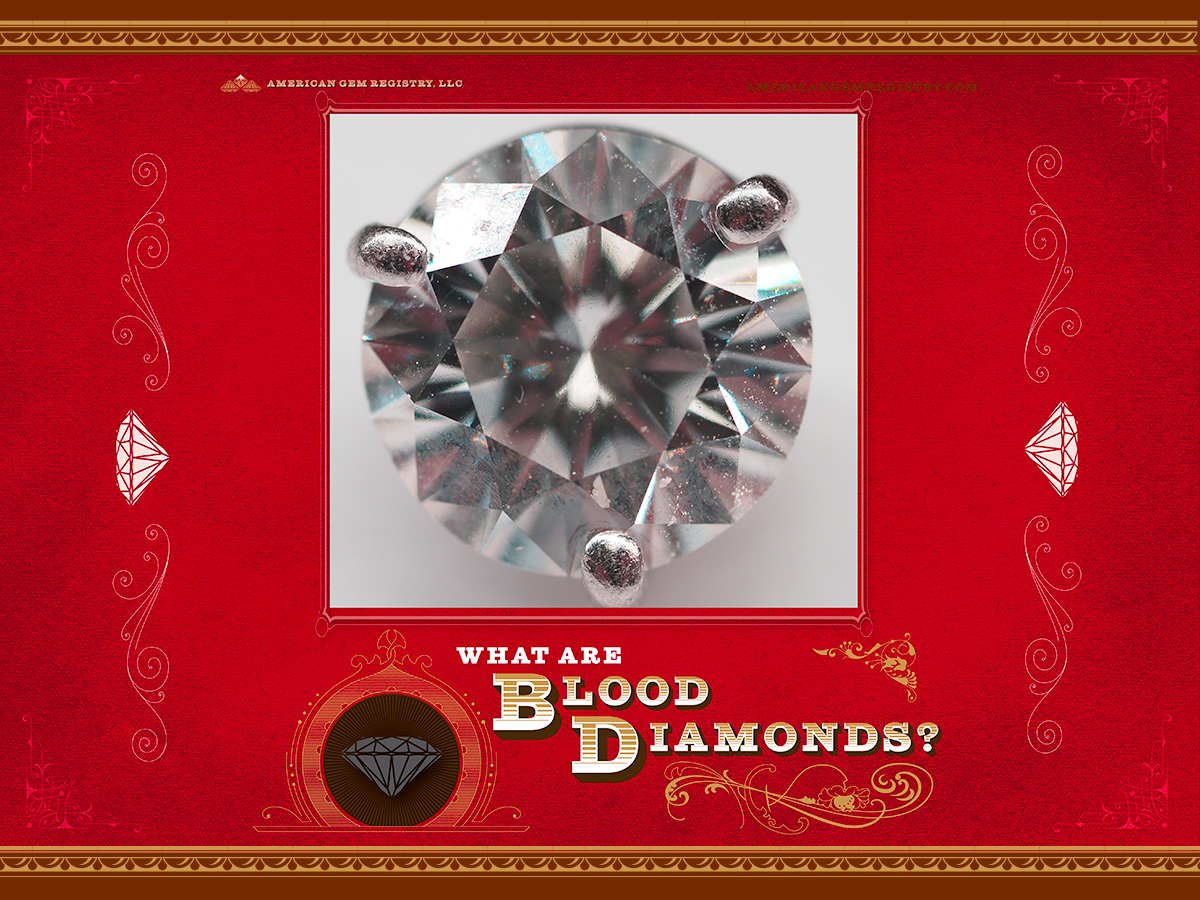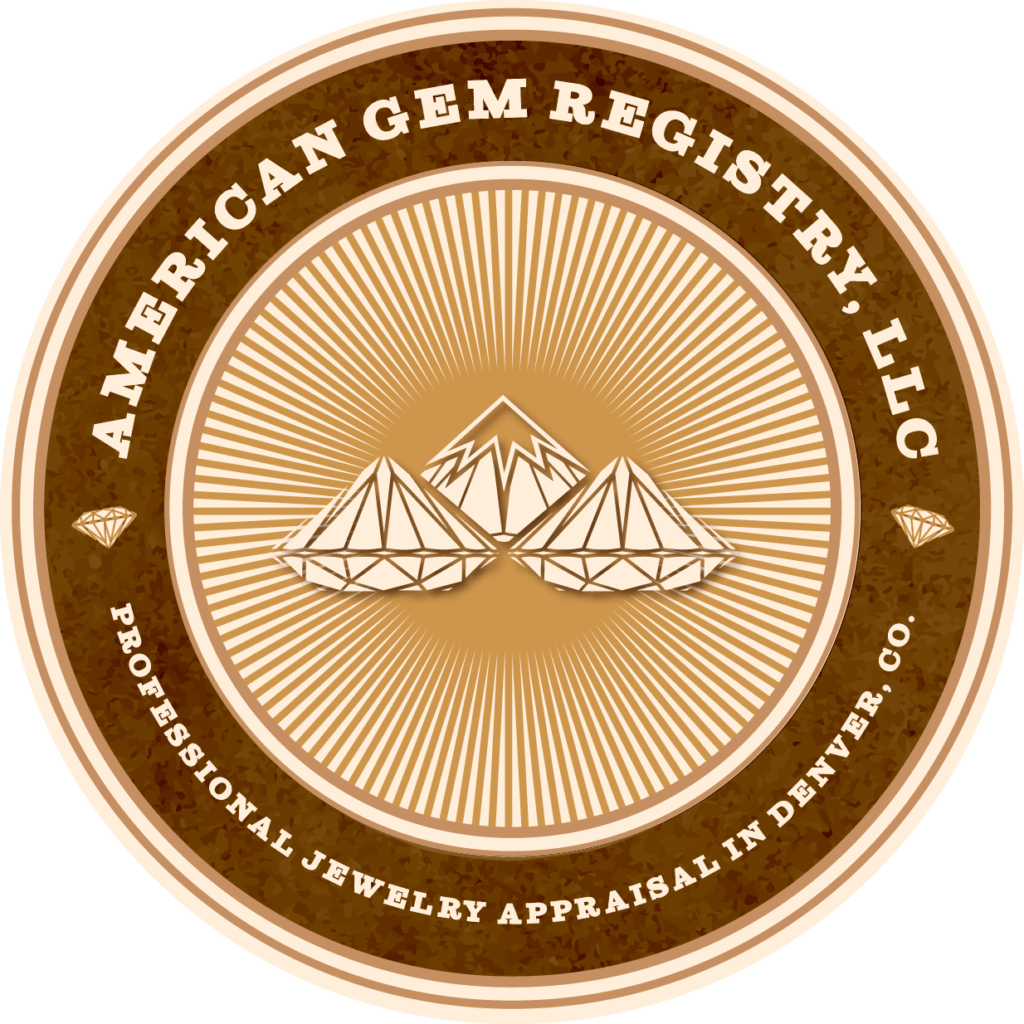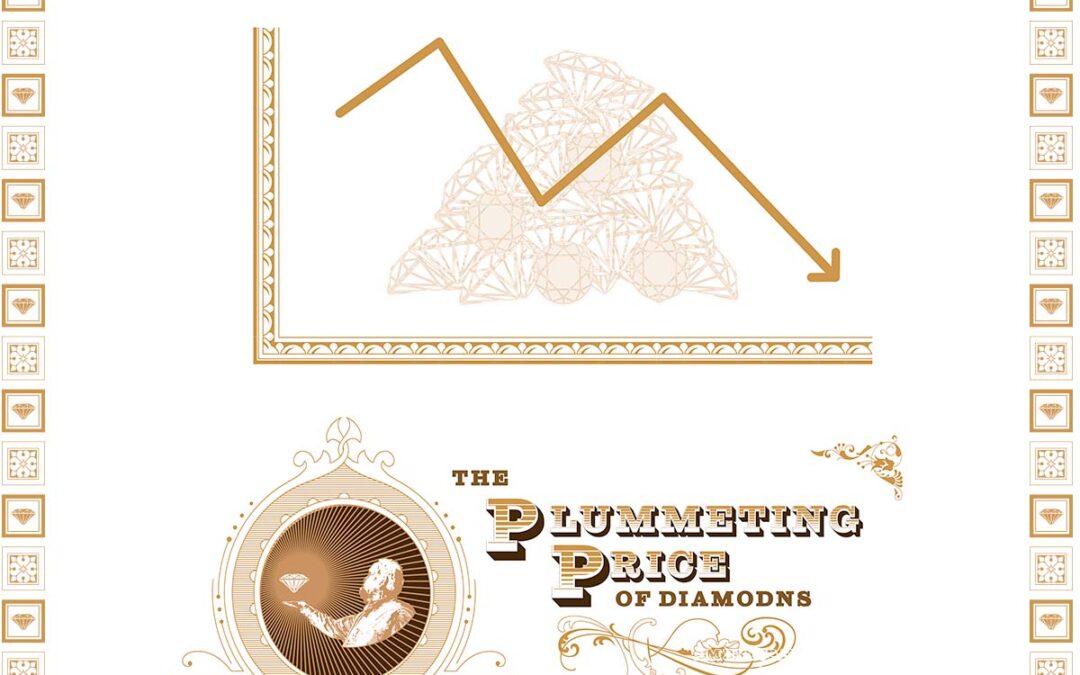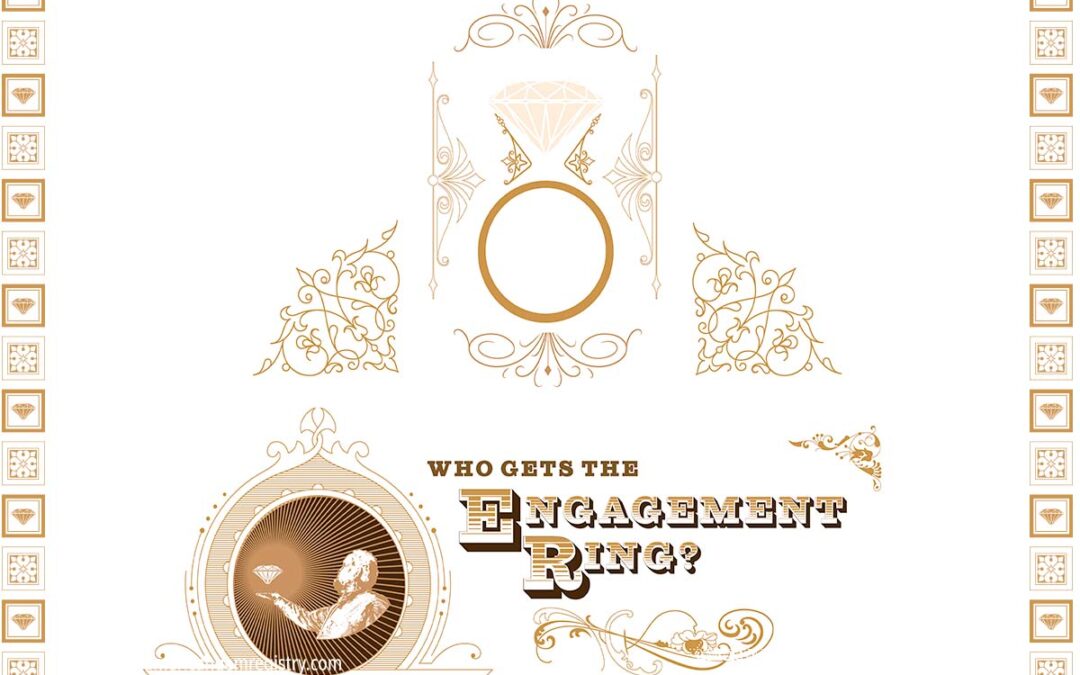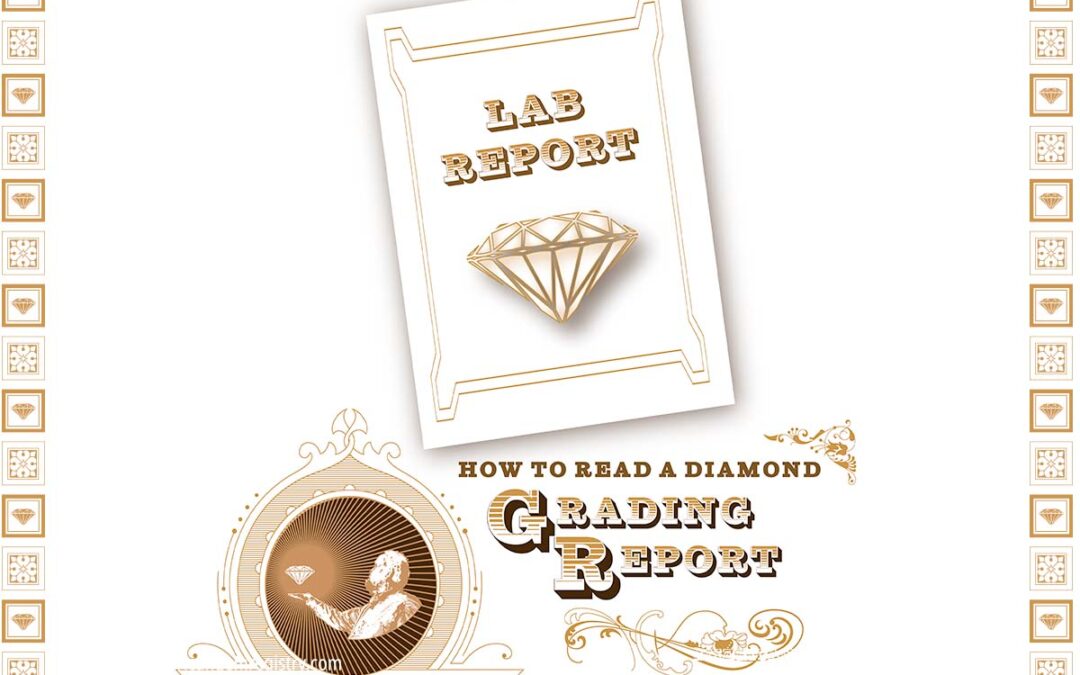What are Blood Diamonds
The exploitation of people in poor countries by gangs, rebels and even corrupt legitimate governments is an ongoing global problem. The term “Conflict Diamonds” or “Blood Diamonds” implies diamonds polished from rough that workers mined under forced labor, subjugation, torture or substandard conditions. This is not only about diamonds. Historically oil, gold, rubber, coltan, rubies, and other resources fall under this conflict label, used to finance civil unrest, terrorism, and illicit practices, with much of it historically occurring in Africa.
The History of Conflict Diamonds
At its peak in the 1990s, approximately 5-15% of diamond rough may have been touched by conflict or war. These resultant stones became known as Blood Diamonds. Due to the public outcry, the United Nations passed the Kimberley Process in 2003 to fight the issue. Those governments participating in the Kimberley Process Certification Scheme monitor all rough diamonds before export and forbid rough from entering their territory without sealed KPCS documents. Centers for production such as Belgium and the Netherlands enforce further regulations. The USA Clean Diamond Trade Act and Patriot Act safeguard US Citizens. In fact, any failure to comply with US laws is not a simple FTC violation. Enforcement comes from the Treasury Department (IRS), Homeland Security and the US Justice Department. The result is an estimate by the United Nations, supported by Global Witness, that less than 0.02% of diamond rough is touched by conflict.
Troubled Waters Still Exist
The global diamond industry is vast. Greed is not exclusive to Africa and KPCS fraud has been uncovered in many places. The possibility of corruption exists, even in Canada where “conflict-free” is used as a national marketing slogan. Recently, in Zimbabwe, the actual legitimate government was committing human rights violations not covered in the KPCS. Those diamonds were banned from historic cutting centers in the west such as Antwerp, Belgium, but there is little oversight in India and China. So “conflict diamonds” do continue to make their way into supply lines.
The Bottom Line
Unless you walked the diamond yourself from mine to sorting to trading house to cutting factory to parcel buyer to retail outlet, nothing can be 100 percent certain. And while 0.02% is encouraging, the root of the problem has little to do with diamonds. It’s about the people behind them, and the treatment they are forced to endure.
What Can Consumers Do to Help prevent conflict diamonds?
Help victims by contributing to organizations like the American Red Cross, or groups more focused on the global diamond trade such as Amnesty International or Global Witness (opinions about the effectiveness of some of these organizations varies).
Discuss the situation with jewelers. Test their knowledge on the subject and ask if their diamonds came from Kimberley-Compliant suppliers. Every dealer should be able to provide you with words to this effect:
“The diamonds herein invoiced have been purchased from legitimate sources not involved in funding conflict and in compliance with United Nations Resolutions. The seller hereby guarantees that these diamonds are conflict free, based on personal knowledge and/or written guarantees provided by the supplier of these diamonds.” Zimbabwe has earned its own statement, in fact, which should also be in evidence:
“By shipping goods pursuant to this invoice, we warrant that, to the best of our knowledge, the diamonds invoiced have not originated from Zimbabwe and have received similar assurance of non-Zimbabwe origin from any supplier from whom we have obtained the diamonds invoiced.”
Conflict diamonds are illegal in the United States.
And most other places. The Kimberley Process is part of the law, and has been since 2002. For stones imported since 2002, you couldn’t buy a Blood Diamond if you tried. With older stones, it depends. Recycling comes with it’s own merits but there’s no way to tell by looking if a stone mined in the 19th century was mind using abusive or environmentally irresponsible methods. It probably was.
The story continues.
Diamonds are a major industry in some of the poorest countries in the world. They want your business. They need your business. Most diamond mines are large industrial operations involving heavy equipment and skilled operators. They’re the lifeblood of neighboring communities. Millions of people worldwide owe their livelihood to them. Boycotting them because of historical abuses is causing more harm than good.
Summary and Conclusion
We hope consumers will shop responsibly for everything they buy, not just diamonds. We urge you to purchase from established, legitimate sources and let suppliers know that price isn’t your only consideration. Support the non-government organizations and join hands with others committed to humanitarian rights and “green” practices. We may not be able to change politics or end corruption, but we can be vigilant, contribute to causes which help these people, and do all in our power to assist as we can.
Call our independent certified gemologist appraiser today at (303)223-4944 for an appointment or schedule online.


